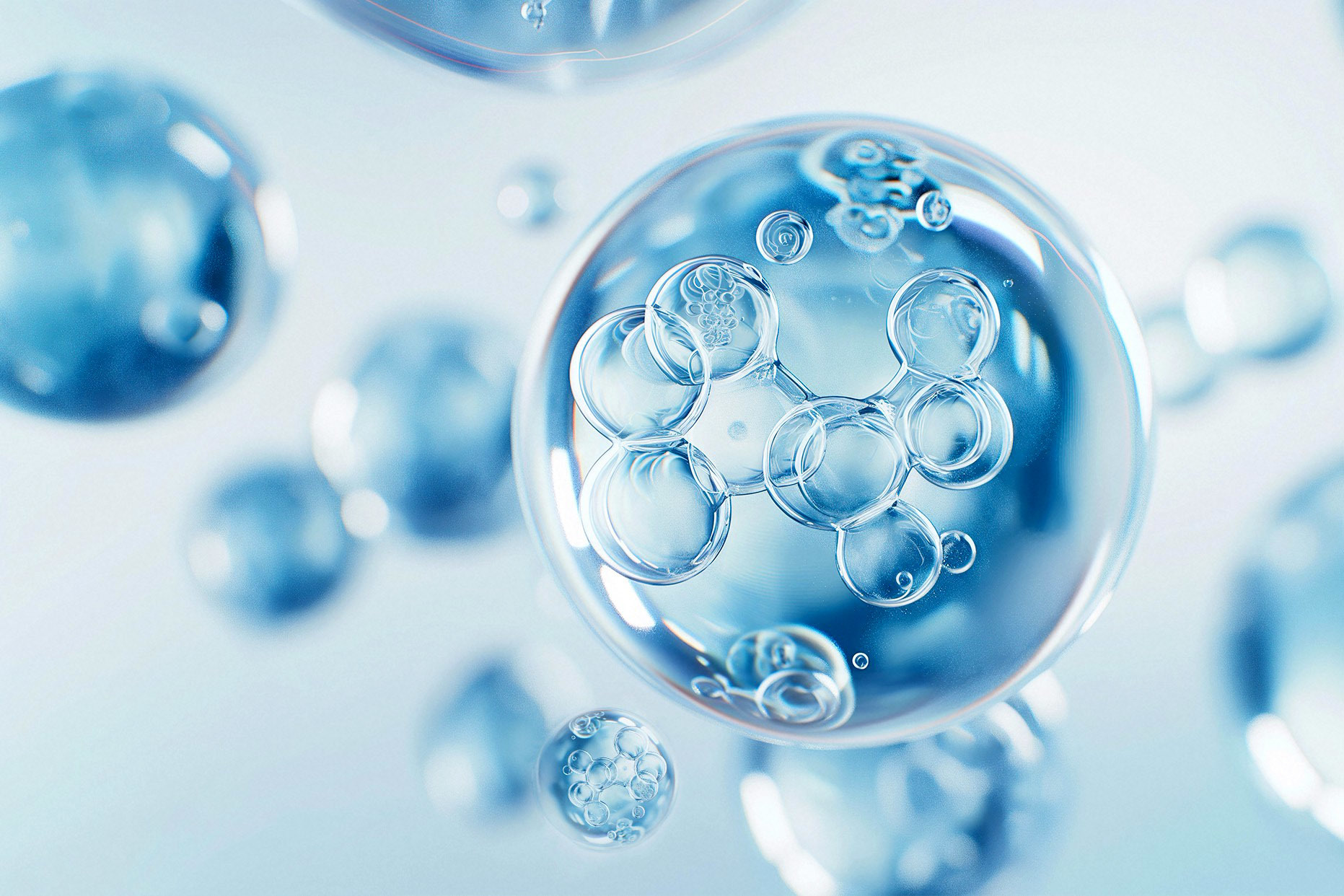Difference between cellulose diacetate and cellulose triacetate
Mar 20,2025
In recent years, triacetate fabrics often appear in M*arcJacobs, A*cneStudios on the high-end show, is one of the spring and summer essential fabric categories used by many big brands, but also the focus of major luxury brands competing to chase.
You can always hear that diacetic acid fabric is really not as good as triacetic acid, then today and everyone comb ~
Many businesses like to compare triacetic acid fabrics with diacetic acid fabrics to highlight the advantages of triacetic acid
In fact, diacetic acid and triacetic acid are very similar, they have the same cool and smooth feel like silk, like polyester washable wear, but the fiber of diacetic acid is slightly coarse, the texture style change is not rich in triacetic acid, but it is cost-effective and more wear-resistant
The easiest way to distinguish between diacetic acid and triacetic acid is to look at the product label ~ because the cost of the two fabrics has a large difference, if the product ingredient is triacetic acid, the brand will be identified. When it is not specifically indicated that it is triacetate fiber, the generally said acetate fiber refers to diacetate fiber
Judging from the feel, the feel of diacetic acid fabric is dry and slightly adsorptive; The triacetate fabric feels smoother, has strong drape and is closer to silk
From a professional point of view, both diacetate and triacetate belong to acetate fiber (also known as acetate fiber), which is one of the earliest developed chemical fibers in the world. Acetate fiber is made from cellulose pulp, which is acetylated to form cellulose esterified derivatives, and then produced by dry or wet spinning process. Cellulose can be divided into diacetate fiber and triacetate fiber according to the degree of hydroxyl group replacement by acetyl group
Diacetate is a type I acetate formed by partial hydrolysis, and its degree of esterification is lower than that of triacetate. Therefore, the heating performance is not as good as three vinegar, the dyeing performance is better than three vinegar, and the moisture absorption rate is higher than three vinegar
Trivinegar is a type of acetate, which is not hydrolyzed and has a high degree of esterification. Therefore, the light and heat resistance is strong, the dyeing performance is poor, and the moisture absorption rate (also known as the moisture regain rate) is low
PREVIOUS:







